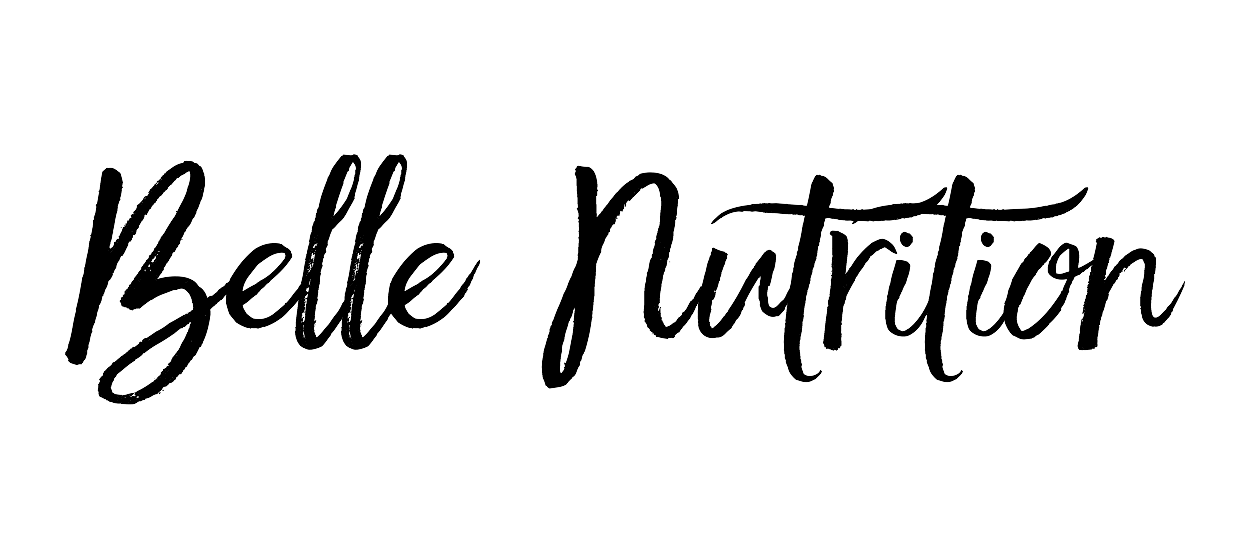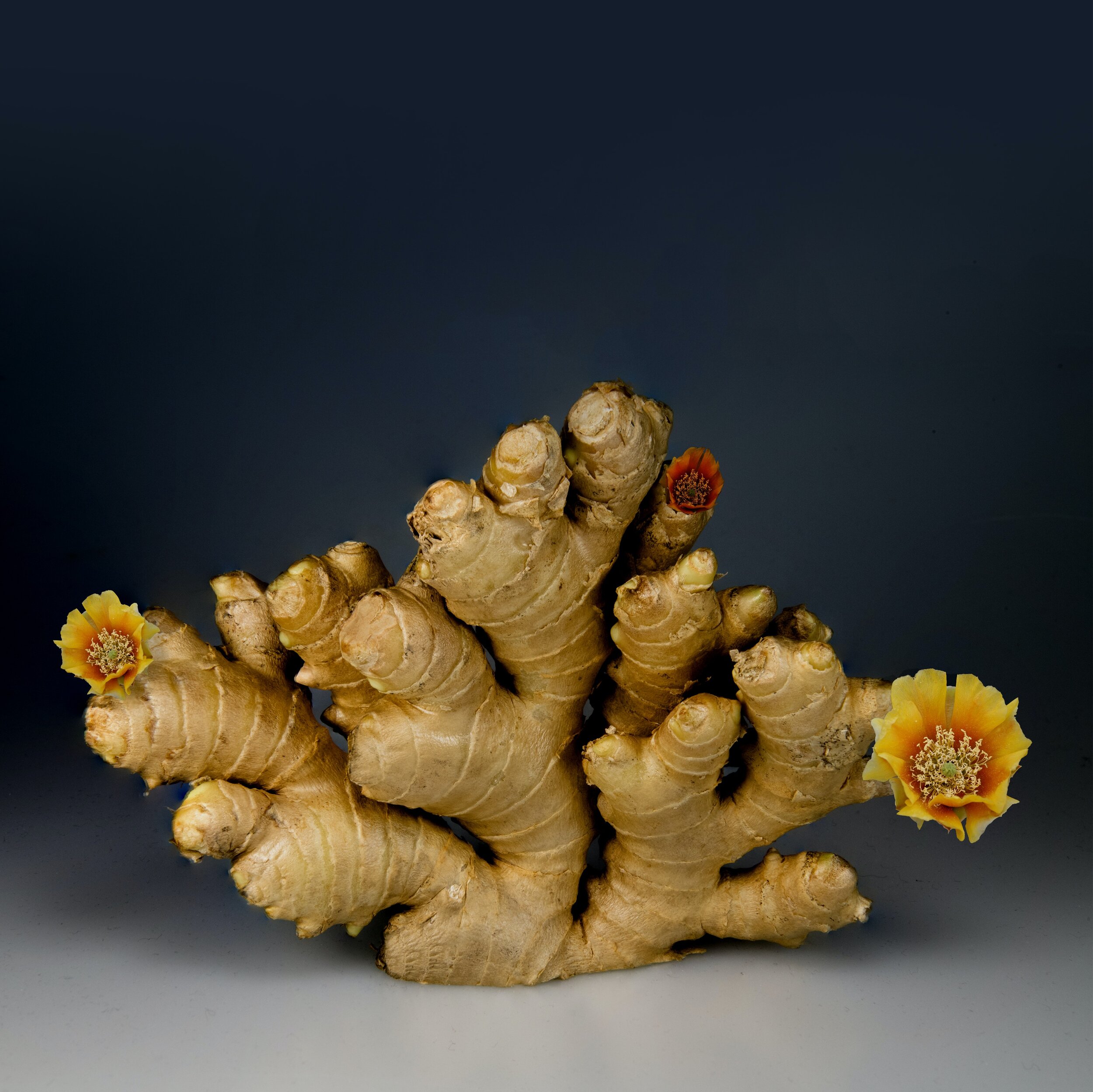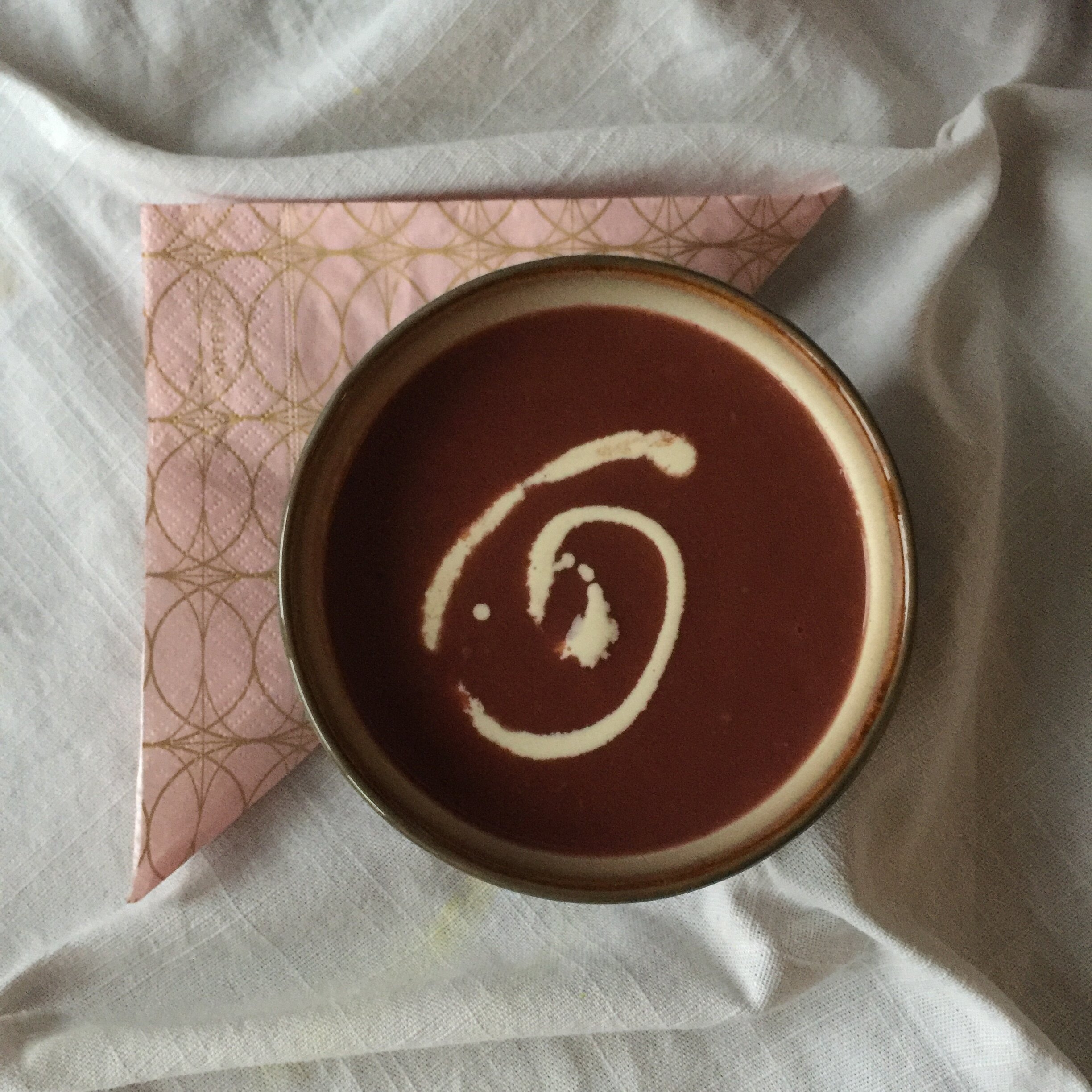As the light fades on a day that never really got light, I crave something pink and warming. This recipe ticks both boxes. Earthy root vegetables meet warming ginger and garlic punchy flavours.
But these foods, used throughout thousands of years in herbal medicine, offer more than simply flavour.
Beetroot is vibrant in colour due to the betalain compounds which have been shown to have high anti-oxidant and anti-inflammatory capabilities. We hear these words a great deal these days, but what do they actually mean to us? Anti-oxidants found in plants are created by plants - but why? Plants derive their energy from sunlight via photosynthesis, a process which generates free radical byproducts called reactive oxygen species. Because both the ultraviolet light from the sun and the reactive oxygen species generated during photosynthesis would cause irreparable damage, plants produce antioxidants to protect themselves. By consuming these compounds we can also protect ourselves from free radical damage; free radicals are a natural part of our own metabolic processes, but they are created in high number during STRESS, consumption of ALCOHOL, taking medications, disease, pollution, smoking, ISOLATION (which causes stress) and over exercising. This is not an exhaustive list. I have written words in capitals which may stand out as common lockdown factors. During a pandemic, the anxiety, financial concern and potentially illness all ramp up our needs for anti-oxidants.
Free radicals and inflammation go hand in hand, therefore consuming foods which counteract both is a win win situation.
Being nitrate rich, beetroot is also well know for its blood pressure lowering capacity and its general all round beneficial effect on cardiovascular issues. Stress in another factor which drives up blood pressure therefore beetroot, I would consider to be a key lockdown food.
Image by Joris Neyt
Ginger, according to records, has been used for over 5000 years for its medicinal properties. We associate this herb with digestive soothing. But similarly to beetroot, ginger is also well used as an anti-hypertensive aid. Research shows ginger to be therapeutic as an anti-microbial and additionally as a pro-kinetic (meaning it encourages peristalsis therefore useful for those suffering from constipation).
My soup recipe contains a healthy dose of garlic. This being my favourite of the ‘superfoods’ with extensive healing histories. We can trace records of medicinal garlic use all the way back to the building of the Egyptian pyramids, Ancient Greek Olympics and in Chinese Medicine, garlic is held dear as a digestive aid. Bringing this back into 2021, there is a wealth of research linking garlic to reducing LDL cholesterol, promoting healthy liver detoxification and as a potent anti-viral and anti-microbial natural agent. With this in mind, its a daily feature in our family meals.
Clients and nutrition students often ask me about the use of Black Garlic and whether this is more beneficial to standard white. The answer is YES.
White garlic is also, of course, extremely useful largely due to the component ‘allicin’, a sulphur compound that is well researched for its health-boosting properties – and which gives fresh garlic its smell. It is this compound which is believed to prevent and improve outcomes in a wide spectrum of diseases. There is evidence to suggest that black garlic may be even better for you than white. The fermentation process involved in creating black garlic reduces the allicin content – hence the lack of the pungent smell. But it also creates a specific compound, an antioxidant called S-Allyl cysteine (SAC) in very high concentrations, and this also makes the remaining allicin more bioavailable 9ready to use by the body). During the fermentation or ageing process, most of the allicin is converted into 14 antioxidant compounds including alkaloids and bioflavonoids. These compounds work by neutralising harmful free radicals to help prevent oxidative stress and damage to cells. So, it is even higher in antioxidants than the fresh variety.
How do we combine all three of these immune boosting food wonders? Try this recipe below. If you don’t yet have the black garlic, do not let this put you off. Give it a go with standard garlic and you will still be consuming a very nourishing bowl of soup.
Beetroot and Ginger Soup Serves 4
Ingredients
• 3 tbsp rapeseed oil • 1 large white onion, peeled and chopped • 2cm piece fresh ginger, peeled and grated • 3 garlic cloves, peeled and minced • 1 green finger chilli, finely chopped • 500g beetroot, scrubbed and chopped into small cubes • 1 small potato (about 100g) ,peeled and chopped into small cubes • 750ml vegetable stock (I use Organic Kallo stock cubes) • Himalayan sea salt and black pepper, to taste
Optional - 1 heaped tsp of Black garlic paste (I use Original Black Garlic UK)
To serve - non-dairy yoghurt/swirl of cream and black sesame seeds
Heat the oil in a large pot and, once it is warm, add the onion and white garlic. Fry on a low heat, stirring occasionally, for 10 minutes. Add a little water if onion begins to stick. Now add the ginger and chilli. Fry, stirring consistently for three minutes. Add the beetroot and potato, stir to coat, then pour in the stock and bring to a boil. Turn down the heat and leave to simmer for 30 minutes. Leave the soup to cool a little, then blend and season with salt and pepper. Transfer the soup into bowls and add a swirl of yoghurt or cream and a sprinkling of seeds.



